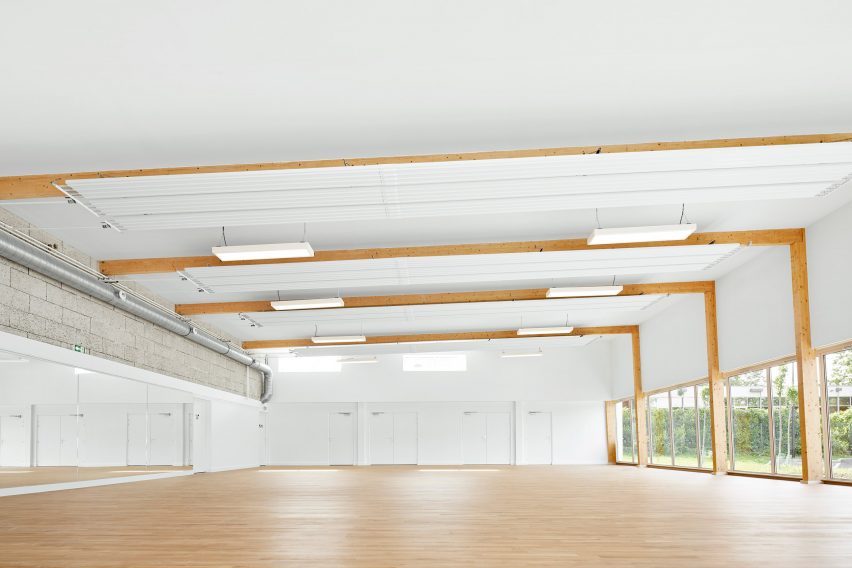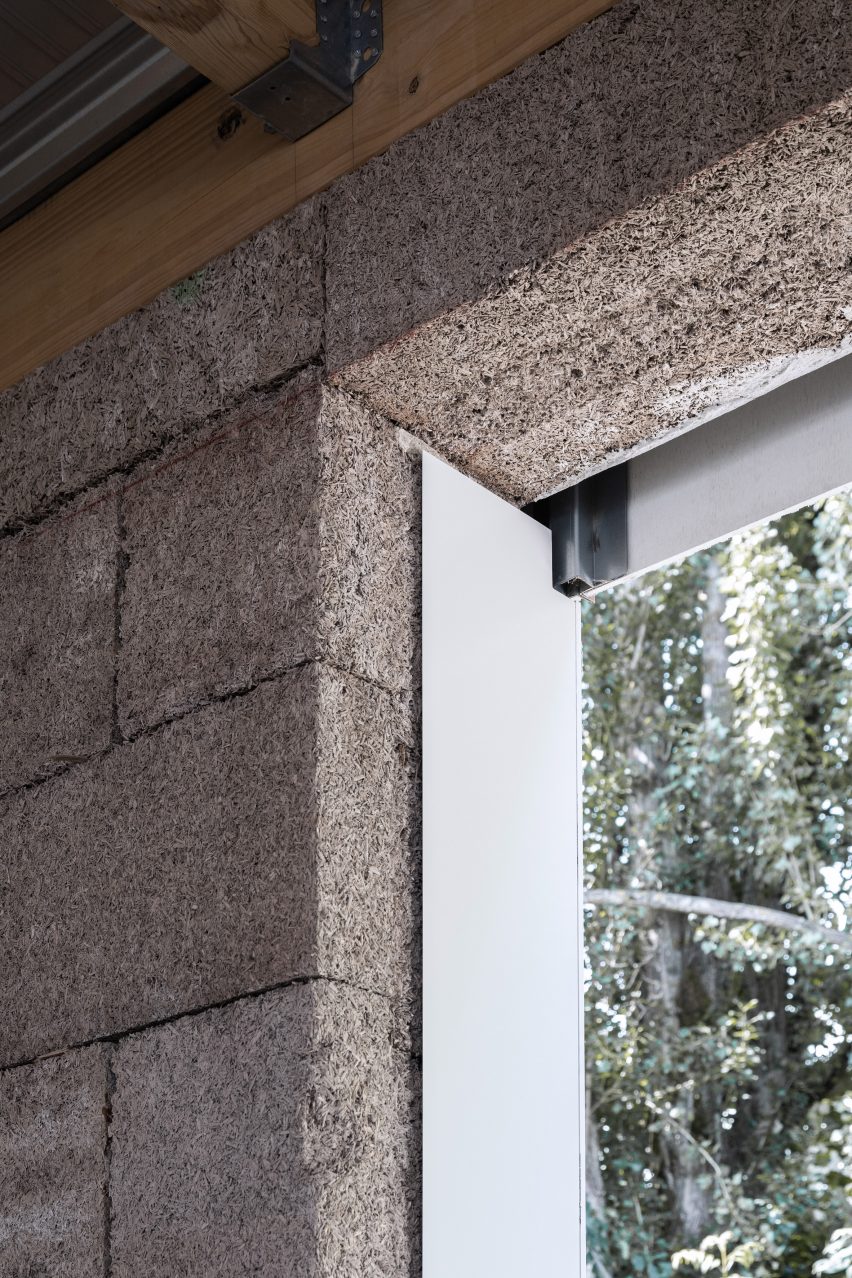The Pierre Chevet Sports Hall, designed by a French architecture and landscape group from Croissy-Beaubourg, is the country’s first public facility made of hemp concrete.
A training area and changing rooms are included in the 380 square meter structure. Because hemp concrete is made up of hemp, lime, and water, the new hemp gym has a zero carbon footprint.

An exercise hall and changing rooms are included in the 4,000-square-foot (380-square-meter) structure. What exactly is Hempcrete? The Hempcrete sports hall, which is built of hemp, lime, and water, is a carbon-negative structure.
Hempcrete is eight times the weight of conventional concrete and possesses thermal, acoustic, and fire-resistant qualities. Hemp can reach a height of 13 feet (4 metres) and can be grown in 90 to 120 days. It is 100 times faster growing than an oak tree and is lighter and less expensive than wood.

The primary issue with hemp, according to architects from the studio lemoal, was persuading clients that it was a viable alternative to concrete because a hemp wall appears more rustic and less sophisticated than concrete. Hempcrete is now more expensive than concrete, but because of its insulating capabilities, it may be more cost-effective in the long run by lowering energy expenditures.
The building’s walls are made of hempcrete blocks, which are subsequently covered with cement-fiber panels to protect them from the elements. The hemp panels were farmed and manufactured within 310 miles (500 kilometers) of the location by Vicat, a cement company.
It is hoped that architects around the world would adopt this new environmentally friendly material more broadly.
The construction industry is responsible for 11% of worldwide carbon emissions. Natural materials are being sought by scientists, architects, and manufacturers as the construction sector continues to explore ways to lessen its carbon footprint. Hemp is gaining recognition as one of the world’s most durable materials, among other biomaterials such as mycelium and algae.


